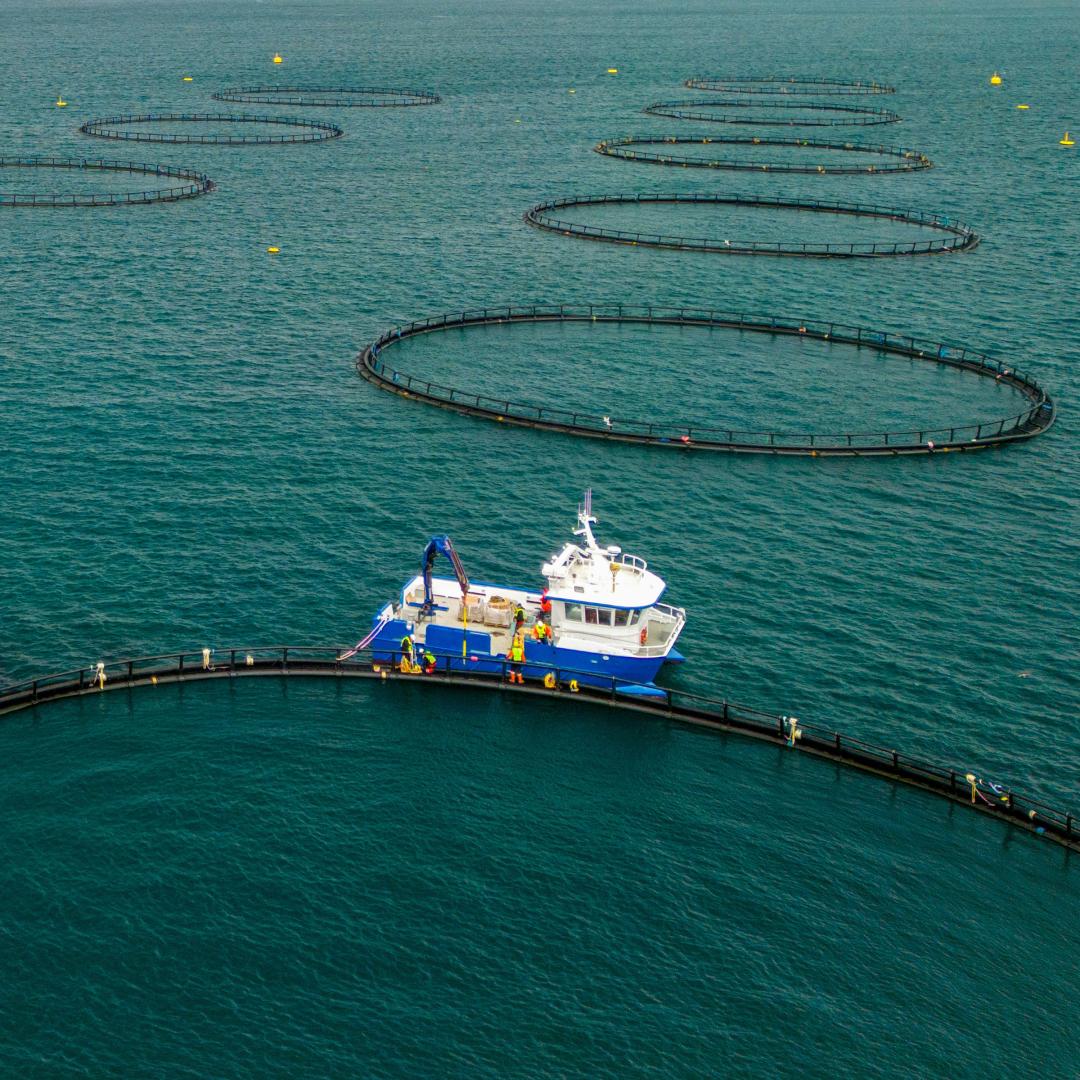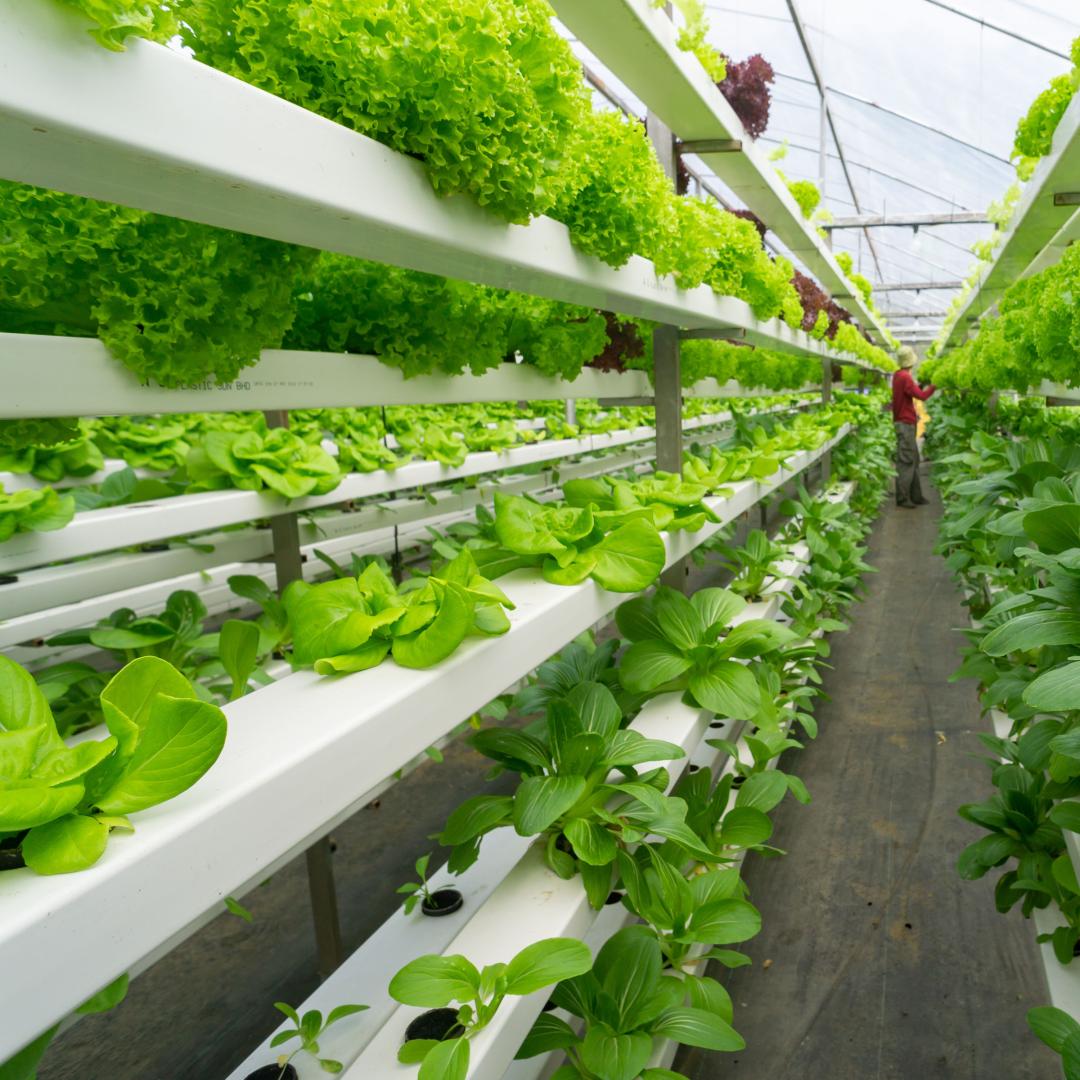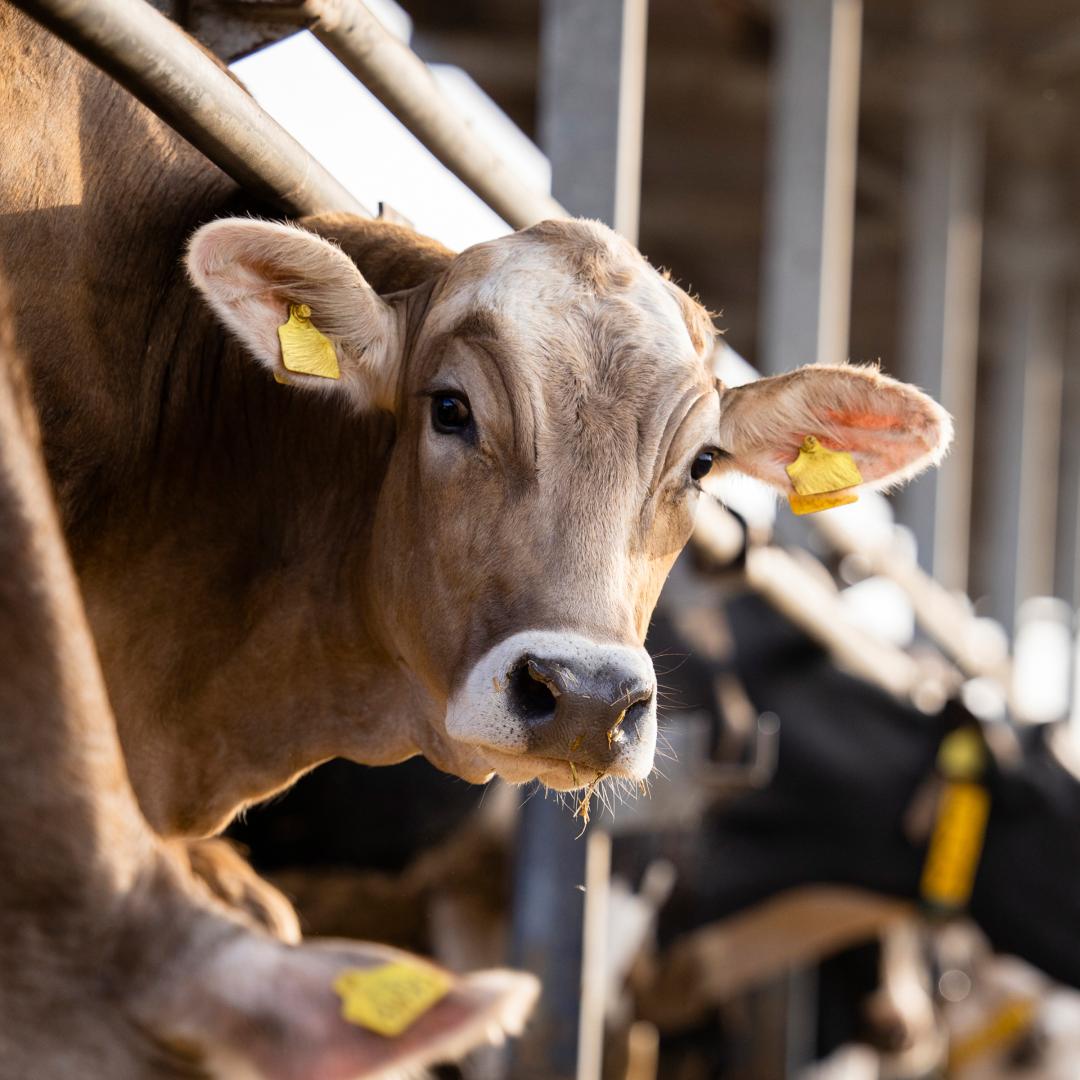Adalibieke, W., Cui, X., Cai, H., You, L., & Zhou, F. (2023). Global crop-specific nitrogen fertilization dataset in 1961–2020. Scientific Data, 10(1), 617. Link to source: https://doi.org/10.1038/s41597-023-02526-z
Bo, Y., Jägermeyr, J., Yin, Z., Jiang, Y., Xu, J., Liang, H., & Zhou, F. (2022). Global benefits of non‐continuous flooding to reduce greenhouse gases and irrigation water use without rice yield penalty. Global Change Biology, 28(11), 3636-3650. Link to source: https://doi.org/10.1111/gcb.16132
Carlson, K. M., Gerber, J. S., Mueller, N. D., Herrero, M., MacDonald, G. K., Brauman, K. A., Havlik, P., O’Connell, C.S., Johnson, J.A., Saatchi, S., & West, P.C. (2017). Greenhouse gas emissions intensity of global croplands. Nature Climate Change, 7(1), 63-68. Link to source: https://doi.org/10.1038/nclimate3158
Cheng, H., Shu, K., Zhu, T., Wang, L., Liu, X., Cai, W., Qi, Z., & Feng, S. (2022). Effects of alternate wetting and drying irrigation on yield, water and nitrogen use, and greenhouse gas emissions in rice paddy fields. Journal of Cleaner Production, 349, 131487. Link to source: https://doi.org/10.1016/j.jclepro.2022.131487
Cui, X., Zhou, F., Ciais, P., Davidson, E. A., Tubiello, F. N., Niu, X., Ju, X., Canadell, J.P., Bouwman, A.F., Jackson, R.B., Mueller, N.D., Zheng, X., Kanter, D.R., Tian, H., Adalibieke, W., Bo, Y., Wang, Q., Zhan, X., & Zhu, D. (2021). Global mapping of crop-specific emission factors highlights hotspots of nitrous oxide mitigation. Nature Food, 2(11), 886-893. Link to source: https://doi.org/10.1038/s43016-021-00384-9
Damania, R., Polasky, S., Ruckelshaus, M., Russ, J., Chaplin-Kramer, R., Gerber, J., Hawthorne, P., Heger, M.P., Mamun, S., Amann, M., Ruta, G., & Wagner, F. (2023). Nature's Frontiers: Achieving Sustainability, Efficiency, and Prosperity with Natural Capital. World Bank Publications. Link to source: https://openknowledge.worldbank.org/entities/publication/855c2e15-c88b-4c04-a2e5-2d98c25b8eca
Enriquez, Y., Yadav, S., Evangelista, G. K., Villanueva, D., Burac, M. A., & Pede, V. (2021). Disentangling challenges to scaling alternate wetting and drying technology for rice cultivation: Distilling lessons from 20 years of experience in the Philippines. Frontiers in Sustainable Food Systems, 5, 1-16. https://doi.10.3389/fsufs.2021.675818
Food and Agriculture Organization of the United Nationals. FAOSTAT Statistical Database, [Rome]: FAO, 1997. Link to source: https://www.fao.org/faostat/en/
Gerber, J. S., Ray, D. K., Makowski, D., Butler, E. E., Mueller, N. D., West, P. C., Johnson, J. A., Polasky, S., Samberg, L. H., & Siebert, S. (2024). Global spatially explicit yield gap time trends reveal regions at risk of future crop yield stagnation. Nature Food, 5(2), 125–135. Link to source: https://doi.org/10.1038/s43016-023-00913-8
Gu, B., Zhang, X., Lam, S. K., Yu, Y., Van Grinsven, H. J., Zhang, S., Wang, X., Bodirsky, B.L., Wang, S., Duan, J., Ren, C., Bouwman, L., de Vries, W., Xu, J., & Chen, D. (2023). Cost-effective mitigation of nitrogen pollution from global croplands. Nature, 613(7942), 77-84. Link to source: https://doi.org/10.1038/s41586-022-05481-8
Hergoualc’h, K., Akiyama, H., Bernoux, M., Chirinda, N., del Prado, A., Kasimir, A., MacDonald, J.D., Ogle, S.M., Regina, K., van der Weerden, T.J. (2019) 2019 Refinement to the 2006 IPCC Guidelines for National Greenhouse Gas Inventories. Chapter 11: N2O Emissions from Managed Soils, and CO2 Emissions from Lime and Urea Application. Cambridge University Press, Cambridge, UK and New York, NY USA. Link to source: https://www.ipcc-nggip.iges.or.jp/public/2006gl/pdf/4_Volume4/V4_11_Ch11_N2O%26CO2.pdf
Jiang, Y., Carrijo, D., Huang, S., Chen, J., Balaine, N., Zhang, W., Van Groenigen, K.J. & Linquist, B. (2019). Water management to mitigate the global warming potential of rice systems: A global meta-analysis. Field Crops Research, 234, 47–54. Link to source: https://doi.org/10.1016/j.fcr.2019.02.101
Lampayan, R. M., Rejesus, R. M., Singleton, G. R., & Bouman, B. A. (2015). Adoption and economics of alternate wetting and drying water management for irrigated lowland rice. Field Crops Research, 170, 95-108. Link to source: https://doi.org/10.1016/j.fcr.2014.10.013
Li, L., Huang, Z., Mu, Y., Song, S., Zhang, Y., Tao, Y., & Nie, L. (2024). Alternate wetting and drying maintains rice yield and reduces global warming potential: A global meta-analysis. Field Crops Research, 318, 109603. Link to source: https://doi.org/10.1016/j.fcr.2024.109603
Linquist, B. A., Adviento-Borbe, M. A., Pittelkow, C. M., van Kessel, C., & van Groenigen, K. J. (2012). Fertilizer management practices and greenhouse gas emissions from rice systems: a quantitative review and analysis. Field Crops Research, 135, 10-21. Link to source: https://doi.org/10.1016/j.fcr.2012.06.007
Livsey, J., Kätterer, T., Vico, G., Lyon, S. W., Lindborg, R., Scaini, A., Da, C.T,. & Manzoni, S. (2019). Do alternative irrigation strategies for rice cultivation decrease water footprints at the cost of long-term soil health?. Environmental Research Letters, 14(7), 074011. Link to source: https://doi.org/10.1088/1748-9326/ab2108
Ludemann, C. I., Gruere, A., Heffer, P., & Dobermann, A. (2022). Global data on fertilizer use by crop and by country. Scientific data, 9(1), 1-8. Link to source: https://doi.org/10.1038/s41597-022-01592-z
Nabuurs, G-J., R. Mrabet, A. Abu Hatab, M. Bustamante, H. Clark, P. Havl.k, J. House, C. Mbow, K.N. Ninan, A. Popp, S. Roe, B. Sohngen, S. Towprayoon, 2022: Agriculture, Forestry and Other Land Uses (AFOLU). In IPCC, 2022: Climate Change 2022: Mitigation of Climate Change. Contribution of Working Group III to the Sixth Assessment Report of the Intergovernmental Panel on Climate Change [P.R. Shukla, J. Skea, R. Slade, A. Al Khourdajie, R. van Diemen, D. McCollum, M. Pathak, S. Some, P. Vyas, R. Fradera, M. Belkacemi, A. Hasija, G. Lisboa, S. Luz, J. Malley, (eds.)]. Cambridge University Press, Cambridge, UK and New York, NY, USA. doi: 10.1017/9781009157926.009
Ogle, S. M., Wakelin, S. J., Buendia, L., McConkey, B., Baldock, J., Akiyama, H., ... & Zheng, X. (2019). 2019 Refinement to the 2006 IPCC Guidelines for National Greenhouse Gas Inventories. Chapter 4: Cropland. Cambridge University Press, Cambridge, UK and New York, NY USA. Link to source: https://www.ipcc.ch/report/2019-refinement-to-the-2006-ipcc-guidelines-for-national-greenhouse-gas-inventories/
Qian, H., Zhu, X., Huang, S., Linquist, B., Kuzyakov, Y., Wassmann, R., ... & Jiang, Y. (2023). Greenhouse gas emissions and mitigation in rice agriculture. Nature Reviews Earth & Environment, 4(10), 716-732. Link to source: https://doi.org/10.1038/s43017-023-00482-1
Raffa, D.W. & Morales-Abubakar, A. L. (2021) Soil Health for Paddy Rice. FAO, Rome. Link to source: https://openknowledge.fao.org/server/api/core/bitstreams/fcd04aae-0389-411b-8a47-a622b23d642f/content
Roe, S., Streck, C., Beach, R., Busch, J., Chapman, M., Daioglou, V., Deppermann, A., Doelman, J., Emmet-Booth, J., Engelmann, J., Fricko, O., Frischmann, C., Funk, J., Grassi, G., Griscom, B., Havlik, P., Hanssen, S., Humpenöder, F., Landholm, D., LOmax, G., Lehmann, J., Mesnildrey, L., Nabuurrs, G., Popp, A., Rivard, C., Sanderman, J., Sohngen, B., Smith, P., Stehfest, E., Woolf, D., & Lawrence, D. (2021). Land‐based measures to mitigate climate change: Potential and feasibility by country. Global Change Biology, 27(23), 6025-6058. Link to source: https://doi.org/10.1111/gcb.15873
Salmon, J. M., Friedl, M. A., Frolking, S., Wisser, D., & Douglas, E. M. (2015). Global rain-fed, irrigated, and paddy croplands: A new high resolution map derived from remote sensing, crop inventories and climate data. International Journal of Applied Earth Observation and Geoinformation, 38, 321-334. Link to source: https://doi.org/10.1016/j.jag.2015.01.014
Surendran, U., Raja, P., Jayakumar, M., & Subramoniam, S. R. (2021). Use of efficient water saving techniques for production of rice in India under climate change scenario: A critical review. Journal of Cleaner Production, 309. Link to source: https://doi.org/10.1016/j.jclepro.2021.127272
Xia, L., Lam, S. K., Chen, D., Wang, J., Tang, Q., & Yan, X. (2017). Can knowledge‐based N management produce more staple grain with lower greenhouse gas emission and reactive nitrogen pollution? A meta‐analysis. Global change biology, 23(5), 1917-1925. Link to source: https://doi.org/10.1111/gcb.13455
Zhang, Y., Wang, W., Li, S., Zhu, K., Hua, X., Harrison, M.T., Liu, K., Yang, J., Liu, L, & Chan, Y. (2023). Integrated management approaches enabling sustainable rice production under alternate wetting and drying irrigation. Agricultural Water Management, 281. Link to source: https://doi.org/10/1016/j.agwat.2023.108265.







